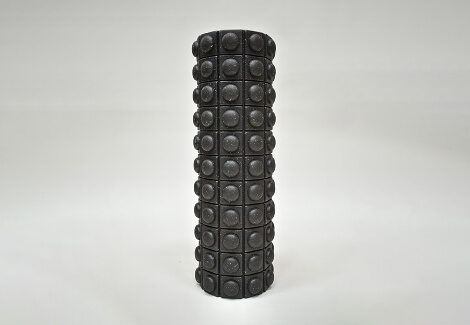EPR
Introduction to EPR Material and Its Applications
A Perfect Blend of Eco-Friendliness and High Performance
In today's society, environmental protection and sustainability have become crucial considerations in material selection. EPR (Environmentally-friendly Polymeric Recyclate) material was developed in response to this demand. EPR is a high-performance material made from the recycled waste of EVA or POE, offering both environmental benefits and exceptional durability, making it a standout in various applications.
What is EPR Material?
EPR material is produced by recycling EVA or POE waste from factory cuttings and post-consumer materials.
These waste materials are sorted, crushed, and blended through multiple stages, and then reintegrated into high-end materials, ultimately forming a rubber-like, sustainable, and eco-friendly material. EPR can utilize up to 30% recycled content, and using recycled materials instead of new ones significantly reduces carbon emissions, prevents incineration, decreases landfill waste, and lowers the impact on the planet, environment, air, and water pollution, while also conserving natural resources. Additionally, EPR meets international recycling product certification standards, making it a truly green material.
Applications of EPR Material
Currently, we primarily use EPR material to produce yoga mats, sports mats, yoga blocks, and yoga massage rollers. These products not only offer excellent functionality but also help reduce the environmental burden.
Safety of EPR Material
EPR material is generally considered a safe and non-toxic raw material. It does not contain harmful chemicals such as phthalates or heavy metals, ensuring that it is safe for both humans and the environment during use.
How Does EPR Mat Performance Compare?
In terms of softness and slip resistance, EPR mats are on par with those made from entirely new POE material. This means that consumers do not have to compromise on performance when choosing EPR mats.
What Are the Limitations of Choosing EPR Mats?
While EPR material has significant advantages in terms of environmental impact and performance, it does have some limitations. The color of the recycled material specks cannot be 100% matched to customer specifications, as it depends on the available colors of recyclable materials in the factory. Additionally, the color of the recycled base color of the mat can be selected, and the color variation from batch to batch is minimal.
Another limitation is that EPR mats and yoga blocks are not suitable for screen printing; laser engraving logos is recommended as a better option.
Advantages of EPR Material
EPR material has numerous advantages, including being washable (waterproof), sustainably recyclable, highly durable, slip-resistant, elastic, and odorless. These features make it an ideal material for various sports products.
Application Range of EPR Material
EPR material is widely used in products such as yoga and Pilates mats, yoga blocks, fitness mats, rollers, foldable mats, and machine mats. These products not only provide excellent user experience but also minimize environmental impact.
Conclusion
The emergence of EPR material offers a new option for products that balance environmental sustainability with high performance. As awareness of sustainability continues to grow, the application range of EPR material will expand, making it an essential material across various industries.



